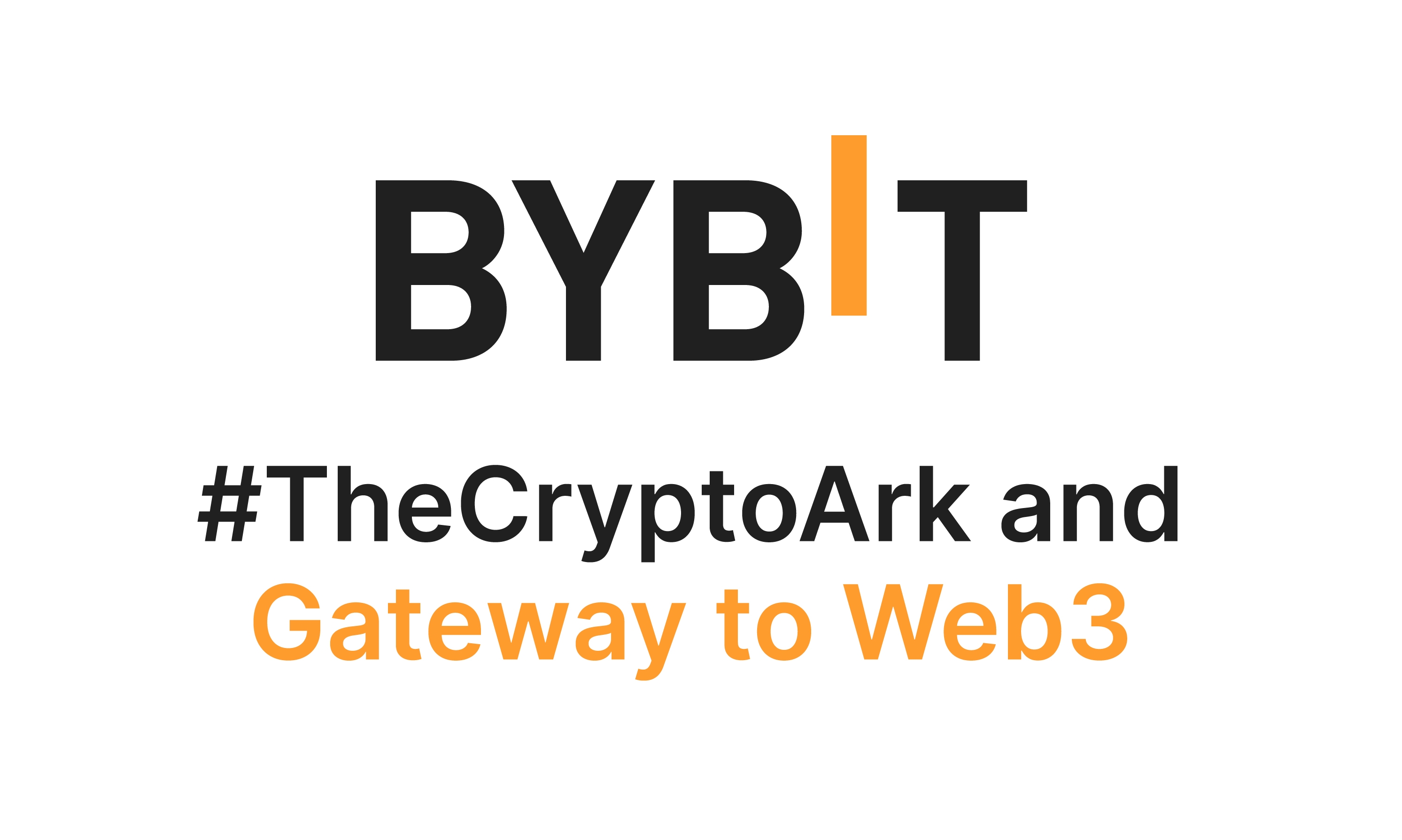So I was mid-scroll one night, watching margin calls cascade on a forum, and thought about the plumbing under many crypto trades. My gut said there was more than meets the eye. Initially I thought yield farming was just DeFi flexing its muscles, but then realized centralized platforms have quietly adopted similar mechanics. The mix is messy, and that mess matters to traders and investors who use centralized venues for derivatives and spot work. Wow!
Here’s the thing. Centralized exchanges provide liquidity and order matching at scale. They also create incentives that resemble yield farming strategies, though shorn of smart contracts and often wrapped in proprietary accounting. Traders lean on borrowing and lending features to amplify positions. That amplifies both gains and the systemic risk that nobody likes to talk about. Really?
On one hand, a large CEX can offer tight spreads and deep order books that make high-frequency strategies viable. On the other hand, the custodial model means your assets are under the exchange’s control and sometimes rehypothecated. My instinct said that custody concentration felt familiar — like Main Street watching Wall Street moves without control. There are ways to participate that lower risk, but none are free of tradeoffs. Hmm…
Why this matters now is simple: as yield hunting grew, central platforms added lending desks, staking, and liquidity programs. These features attract capital but they also function as off-chain yield farms. Users deposit, platforms lend, and the yield is paid from a mixture of trading fees, lending spreads, and sometimes token emissions. The result can be attractive yields that look safer than they really are. Wow!
Let’s break the pieces out so we can see the mechanics clearly. First, centralized exchanges provide lending markets where traders borrow margin. Second, exchanges run savings or staking products that aggregate idle balances and deploy them. Third, exchanges sometimes run incentive programs that distribute native tokens to users who provide liquidity or trade. Put them together and you get a feedback loop that moves capital in concentrated ways. Seriously?
From an intuitive standpoint, yield farming felt like a DeFi ritual at first — pools, impermanent loss, and complex tokenomics. But actually, wait—centralized versions borrow the same grammar without the transparency. That’s an important distinction. Where DeFi code is public, a CEX’s internal risk models and rebalancing practices are typically opaque. That opacity can hide leverage, and leverage hides fragility. Wow!
Consider a hypothetical scenario: a popular exchange offers a “flexible savings” product paying a seemingly generous APY. Customers deposit stablecoins, which the exchange then deploys into lending markets or internal hedging strategies. The APY is a function of excess fee income and sometimes reserve draws. If market stress spikes and funding costs jump, the exchange tightens withdraw limits or reroutes liquidity to margin calls. Chain reaction follows. This is not hypothetical anymore — we’ve seen variants of it. Okay, so check this out—
Strategies that traders use vary by time horizon. Short-term players gravitate toward margin and perpetual futures because they provide leverage and liquidity. Medium-term market makers rely on lending markets to finance inventory. Long-term allocators might use staking or savings products. Each layer interlocks with the others. What bugs me about the industry is that many users treat the layers as isolated, while they’re actually highly correlated. Wow!
Risk management in that environment is different than in pure DeFi or traditional finance. You need to think about counterparty risk, operational risk, and tokenomics simultaneously. On one hand, regulated exchanges in the States and other jurisdictions add compliance and proof-of-reserves signals that can improve trust. On the other hand, regulatory safeguards lag innovation and sometimes push volume to less transparent venues. Initially I thought regulation would simply solve trust issues, but reality is less tidy. Hmm…
For traders using centralized platforms, here are practical patterns worth internalizing. First, treat exchange savings and staking yields as liquidity proxies, not guaranteed income. Second, monitor funding rates and borrow spreads because these indicate market pressure. Third, avoid concentration — spread collateral across counterparty types when feasible. These are not novel ideas, but they are often ignored when yields spike. Really?
There’s also the tech and operational angle: exchanges run internal ledgers and risk engines that decide solvency quickly. If an exchange nets positions across customers rather than isolating margin, a cascading default can propagate in minutes. Historically, some failures have been because internal accounting couldn’t keep up with volatile markets. So the operational resilience of a platform matters as much as its advertised APY. Wow!
Now, a word about yield farming itself. Traditional DeFi yield farms involve composability — you stack protocols, layer rewards, and chase APRs. Centralized products mimic composability in a closed fashion, sometimes combining staking, lending, and token incentives into one product. That closed-loop design reduces some smart contract risk but increases counterparty and transparency risk. I’ll be honest — I prefer some transparency even if it costs a bit in yield. Somethin’ about knowing where the returns come from matters.
Where to look for early warning signs? Watch changes in withdrawal terms, sudden shifts in APYs, the size of the exchange’s insurance or reserve fund, and the cadence of token emissions. Also follow the exchange’s balance sheet disclosures, though they may be limited. If spreads widen and funding rates spike, that’s usually a sign of systemic stress rather than an isolated arbitrage opportunity. This is practical, not theoretical. Wow!
One concrete example to illustrate patterns: exchanges often use margin interest to fund yield products. When borrowing demand is high, margin rates rise and funding flows into the exchange’s coffers. Those funds may be used to support staking APYs or as cushion for promotional yields. When market liquidity evaporates, the same mechanism reverses — and users who thought yields were steady find them evaporate. The mechanics are straightforward, though the interplay can be surprising in practice. Hmm…
Okay, so check this out—if you want to learn how a particular platform operates, try small experiments. Use low amounts to test withdrawal speeds, toggle between spot and margin, and observe price slippage during sizeable trades. You can glean the exchange’s depth and execution quality without risking much capital. It’s basic due diligence, but very very effective when done regularly. Wow!

Where centralized exchange yield fits in a diversified toolkit
For an investor or trader in the US, combining centralized exchange yield products with on-chain DeFi and self custody can form a balanced strategy. On one hand, custody by a reputable exchange can simplify tax reporting and trading access. On the other, holding assets in self-custody limits counterparty risk. You don’t have to choose one exclusively. Initially I feared splitting custody would be too much hassle, but with good tooling it’s manageable. Actually, wait—let me rephrase that: it’s doable and worth the effort for many.
For those who want a safe way to access exchange features, research matters. Read the exchange’s risk disclosures, check for independent audits, and test customer service responsiveness. I keep a shortlist of platforms that pass my operational checks, and one I often mention in conversations is bybit exchange. That’s not an endorsement of any particular product, just an example of a major exchange with a broad product set. I’m biased, but transparency matters more than a few basis points when markets convulse. Hmm…
As for strategies, consider the following non-actionable frameworks: use margin in small, defined bites; keep a liquidity buffer off-exchange for crashes; audit your counterparty exposure quarterly. On top of that, think about macro correlation — when risk-on collapses, both DeFi and centralized yield can suffer simultaneously. Planning for simultaneous drawdowns will keep you alive through black swan events. Wow!
Frequently asked questions
Is yield from centralized exchanges safe?
Depends on your definition of safe. Yields often come from operational profits and market making, not guaranteed interest. There is counterparty and operational risk, and terms can change quickly. Keep allocations modest and understand the liquidity terms.
How is centralized yield different from DeFi yield farming?
Centralized yield is generally less transparent but sometimes more user-friendly, while DeFi offers composability and public code. Centralized products reduce smart contract risk but increase counterparty risk and dependency on internal risk management.
Should traders use lending and margin together?
They can, but only with strict risk limits. Margin amplifies P&L, and lending programs can lower financing costs. Combined use increases systemic exposure, so set clear stop-loss rules and maintain liquid collateral off-platform.
